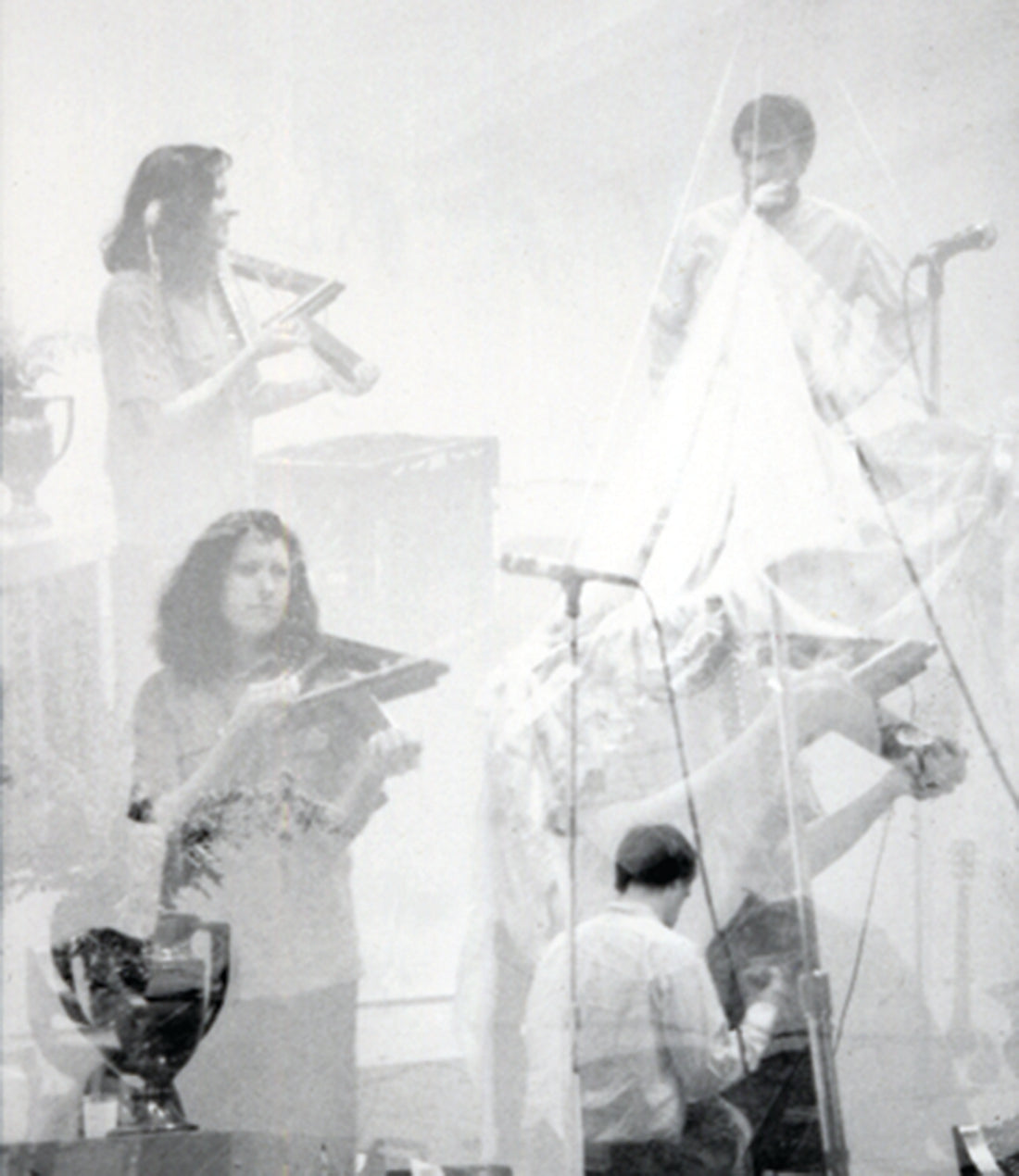It was 1986. The rush of excitement over the advent of minimalism had subsided. The orchestra and opera house (yawn) had co-opted Steve Reich and Philip Glass, La Monte Young was in seclusion, Terry Riley was singing Indian ragas. What next?, was the question that seemed to hang in the air. And into that lull poured Elodie Lauten's The Death of Don Juan.
How this self-produced record from Lauten's tiny New York label Cat Collectors came to my attention in Chicago I don't even remember. But it generated an excitement in me greater than any new music had since classic minimalism started going south. The Death of Don Juan had a certain obvious relationship to minimalism, but the feeling was very different. It was both more whimsical and darker, more personal and mysterious. "Your Death am I / Your faithful Death," it chanted, with a startling departure from minimalism's upbeat reassurances. Don Juan consigned to hell by a woman this time. Mozart reinterpreted.
I enthused in the Chicago Reader. Soon afterward I got a job in New York. Lauten was one of the first composers I wrote about there, and one of the first people I looked up. I had to meet this woman who could kill off Don Juan through psychic powers.
Now twenty years have passed. Lauten's career never achieved the visibility I thought it deserved. The Death of Don Juan remains an underground classic. To an extent she and it are symptomatic of our generation in that respect - our artists have never been allowed to take our place as "the adults" of the new cultural scene.
More than that, Lauten turned out to be a presence as mystical as her music. She disappears from the world periodically, and reappears with a new work - I almost think of her as Erda from Wagner's Ring, vanishing into the earth and ascending at crucial moments with Truth on her lips. Her music has taken many aspects. The Death of Don Juan turned out to be only one facet. Deus ex Machina is for Baroque ensemble, and its textures are almost neoclassical. Waking in New York blends gospel, Broadway, and classical styles. Variations on the Orange Cycle is a virtuosic improv. Tronik Involutions is sparkly electronic music based on a complex, universal hierarchal system.
In short, it was simply going to take a long time to register the full complexity of Lauten's musical world. The Death of Don Juan was in a sense her breakthrough work, but unlike Reich's Drumming or Glass's Music in Twelve Parts, it wasn't a signature piece to pin her style down by. It was a tantalizing and reliable first listen into her universe. Within it already was revealed her continuum between clear-cut repetition and misty, droning stasis, the sense of catchy tunes that can vanish into a meditative void. The sense that the music was meant to come out and seduce you back into some preconscious state was already full-formed.
Today the world has changed, and The Death of Don Juan is a window into Lauten's origins in the underground culture of '70s Manhattan. After all, back then she sang female lead for a band called Flaming Youth, shaved her head before it was fashionable, interviewed James Brown for Façade magazine, played at CBGB's with the Ramones and Talking Heads, performed in Michel Auder videos with Taylor Mead, and performed and for a while lived with poet Allen Ginsberg. She was hip. And it turned out she wasn't just superficially hip, as being "in the moment," but cosmically hip, as in: even deeper today than she seemed back then.
– Kyle Gann
image: Elodie Lauten (pictured playing her Trine), recording with Arthur Russell
